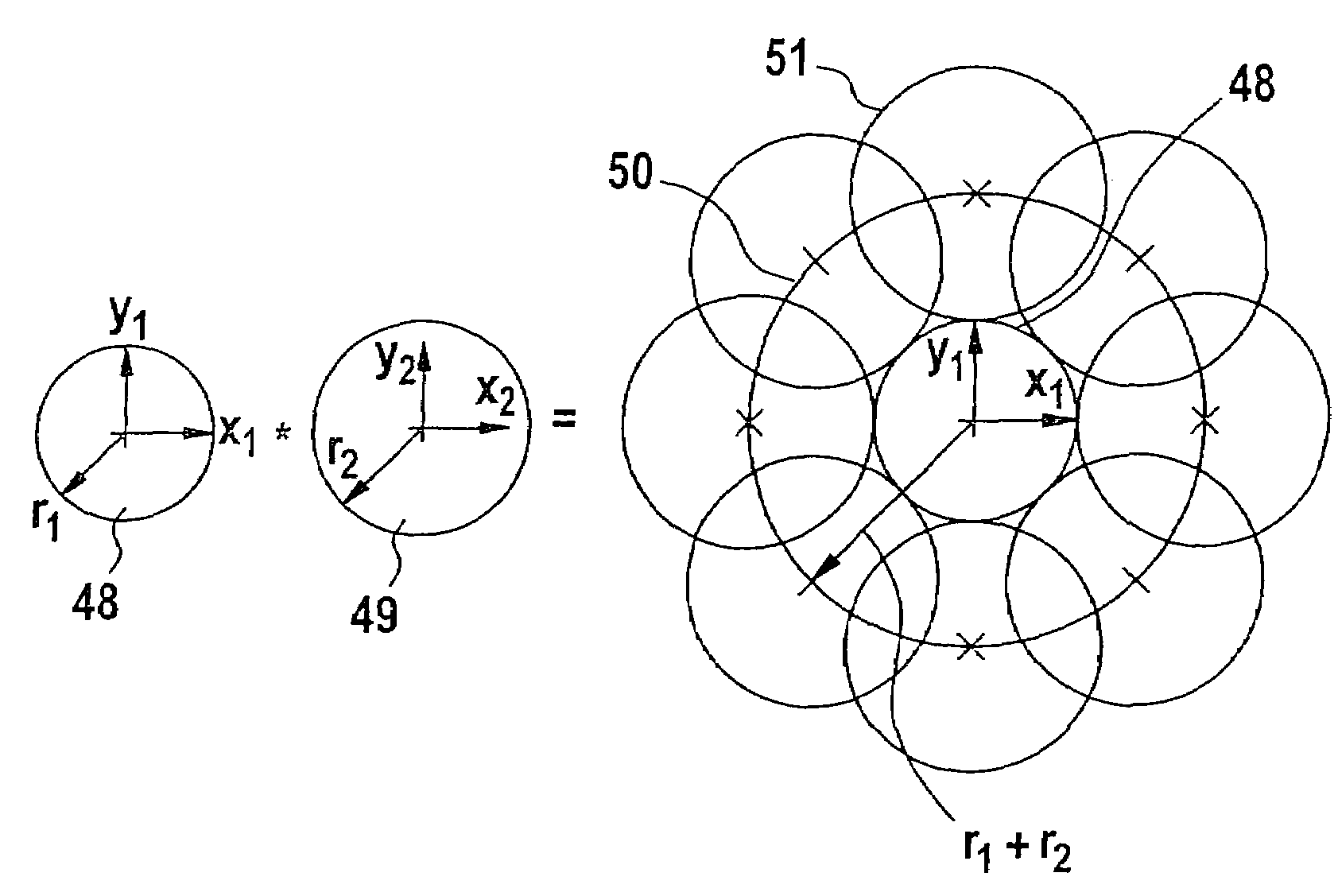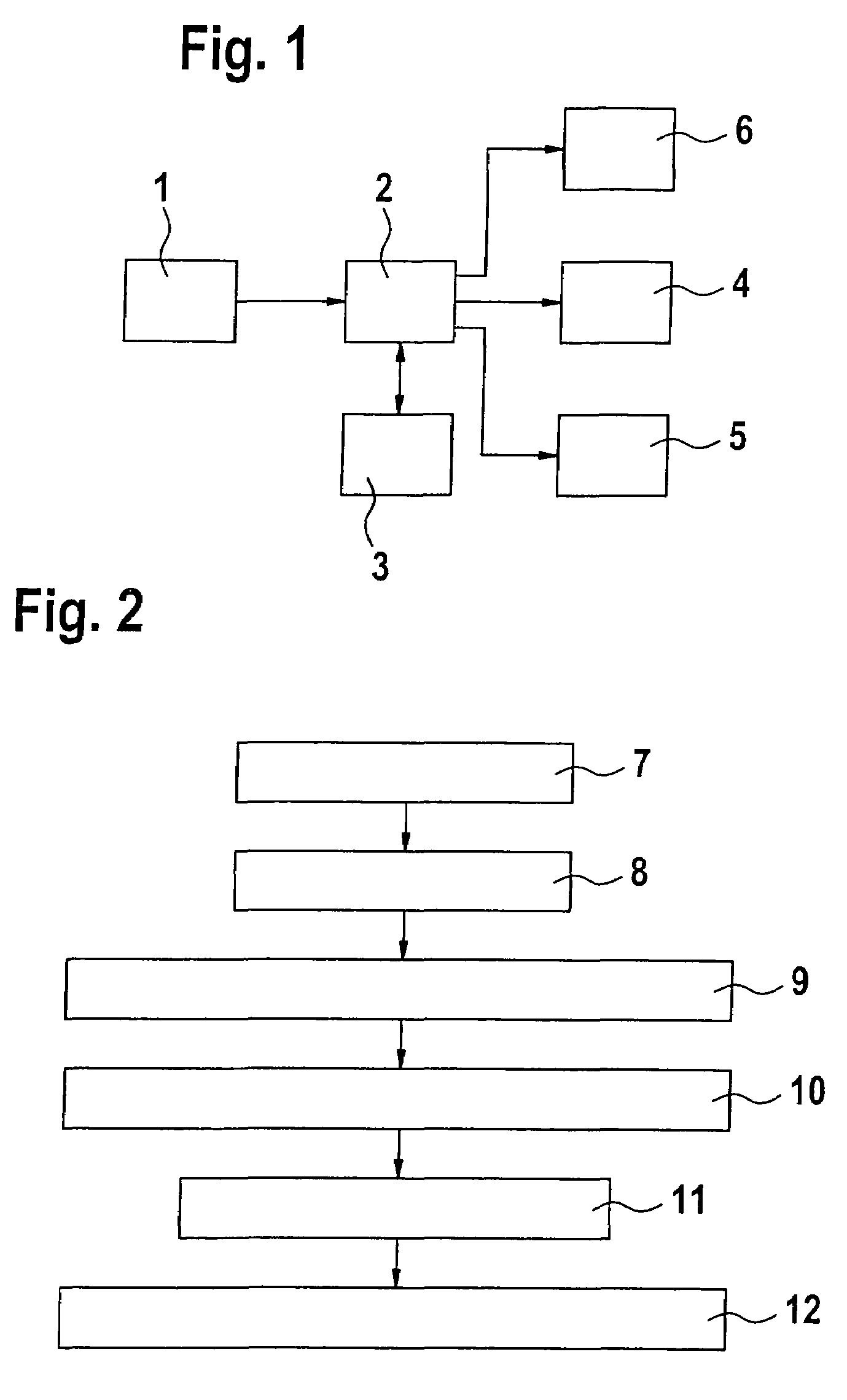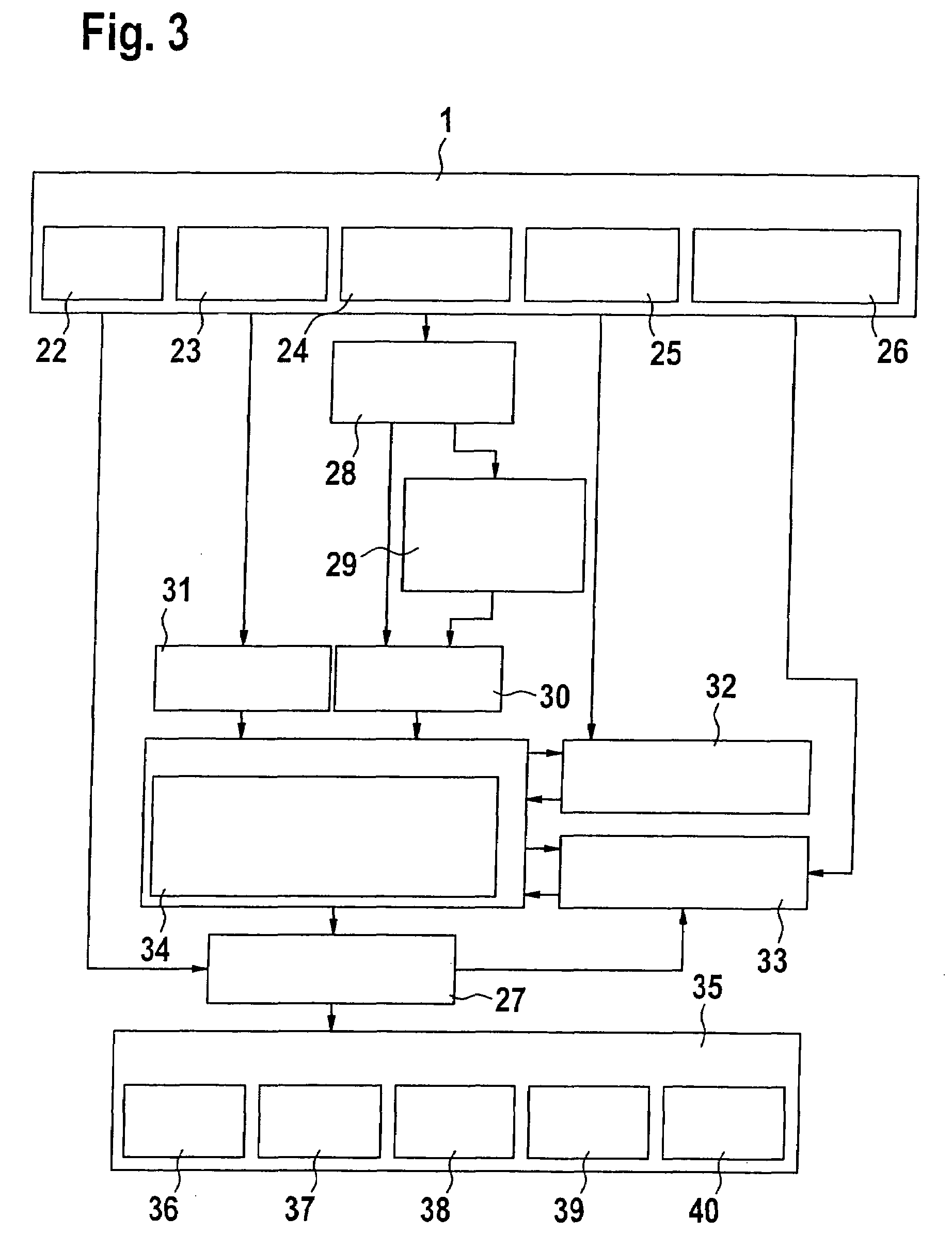Method for determining an accident risk between a first object with at least one second object
a technology of at least one second object and accident risk, which is applied in the direction of pedestrian/occupant safety arrangement, using reradiation, instruments, etc., to achieve the effect of preventing or reducing collisions, improving collision prediction accuracy, and reducing collision risk
- Summary
- Abstract
- Description
- Claims
- Application Information
AI Technical Summary
Benefits of technology
Problems solved by technology
Method used
Image
Examples
Embodiment Construction
[0017]It is particularly advantageous that the motion and the object class of the at least one second object are determined by a sensor apparatus, and the motion and object class of the first object are retrieved from at least one data source. This means that the other objects—for example pedestrians, bicyclists, and other vehicles—surrounding the first object—for example a vehicle—are sensed using a sensor suite such as a pre-crash sensor suite, so that they can be classified and have motion parameters assigned to them. The own-vehicle values are retrieved from internal data sources, i.e. the vehicle type, current speed, direction, and a vehicle behavior model. Such sources are thus internal sensors and memories.
[0018]It is additionally advantageous that the motion of the first object is defined at least by way of its current position and its velocity. This yields a velocity vector that defines the relationship to the other objects. The motion of the other objects is defined at lea...
PUM
 Login to View More
Login to View More Abstract
Description
Claims
Application Information
 Login to View More
Login to View More - R&D
- Intellectual Property
- Life Sciences
- Materials
- Tech Scout
- Unparalleled Data Quality
- Higher Quality Content
- 60% Fewer Hallucinations
Browse by: Latest US Patents, China's latest patents, Technical Efficacy Thesaurus, Application Domain, Technology Topic, Popular Technical Reports.
© 2025 PatSnap. All rights reserved.Legal|Privacy policy|Modern Slavery Act Transparency Statement|Sitemap|About US| Contact US: help@patsnap.com



